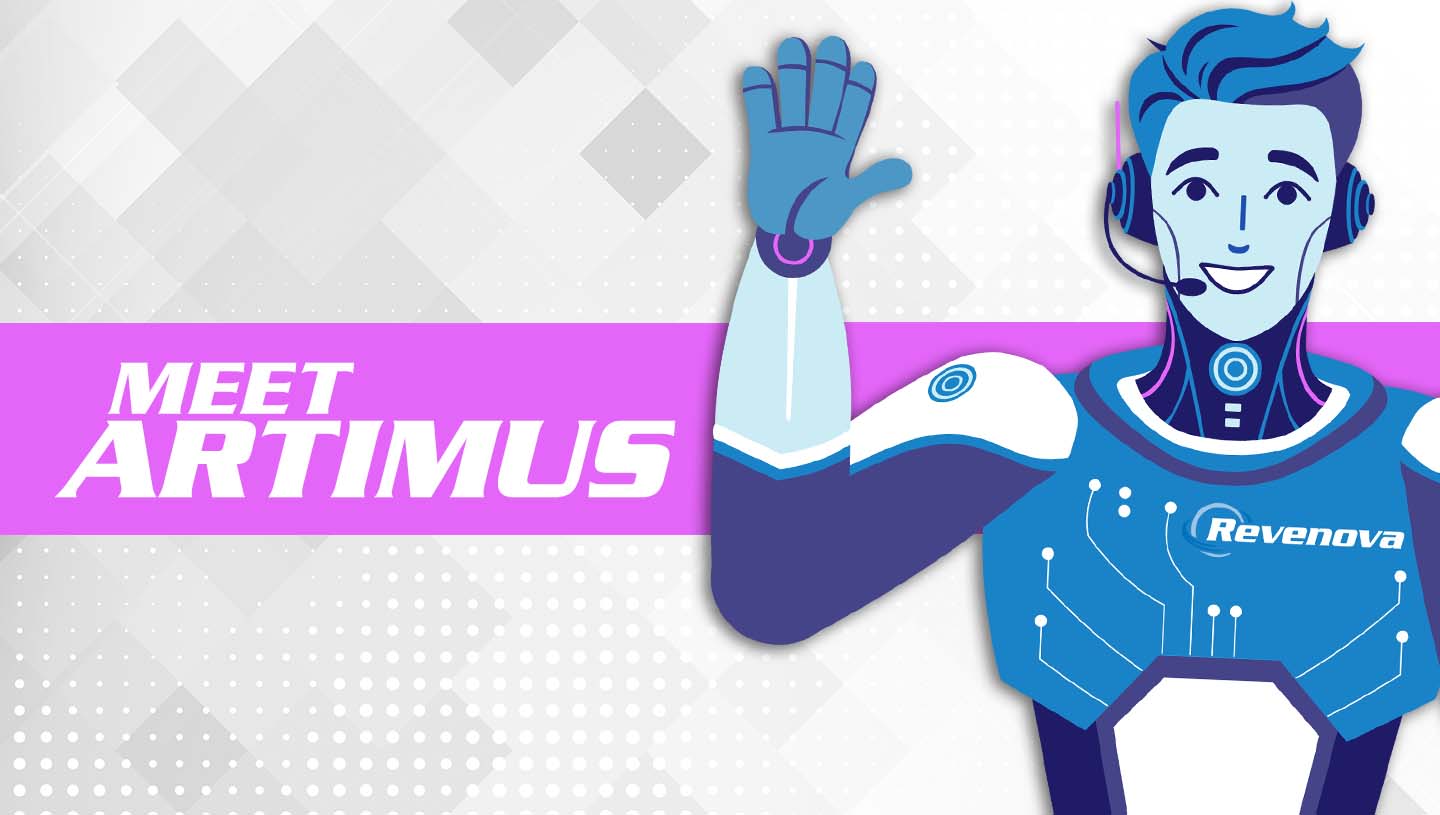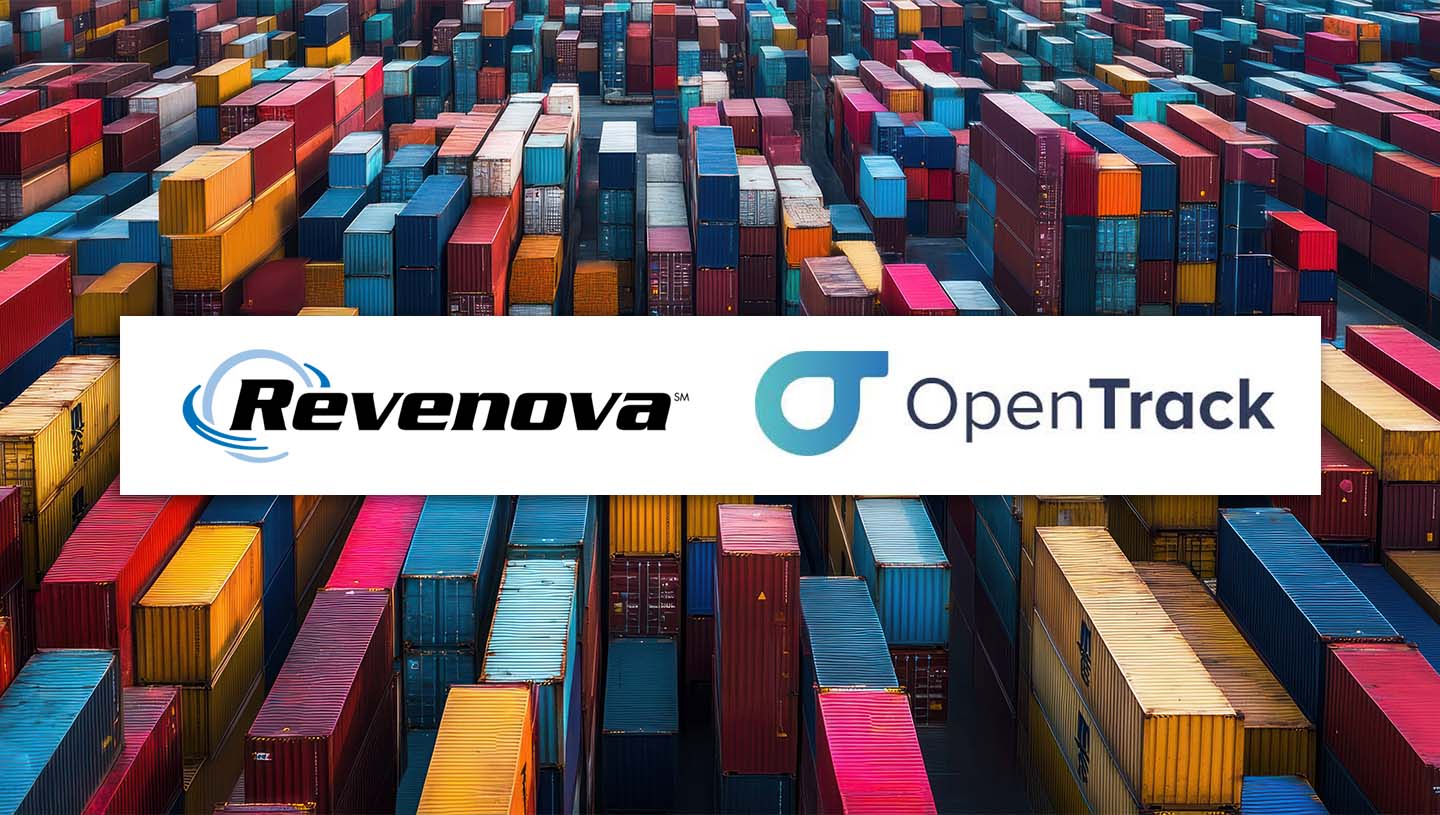
Artificial Intelligence Drives Logistics Forward
Artificial intelligence (AI) is no longer a futuristic concept; it’s a powerful tool that’s transforming all corners of the modern organization, including logistics. Defined as the art and science of getting the right goods to the right place and at the right time, logistics is a complex and multifaceted process that requires a lot of strategic planning, efficient execution and human intervention.
By embracing AI systems that mimic certain aspects of human intelligence and perform tasks like learning, problem-solving and decision-making, companies can leverage their historical sales data to come up with better forecasts; optimize their transportation routes to save money and improve efficiency; and enhance picking, packing, sorting and other warehouse activities.
The technology is also being used to analyze sensor data collected from vehicles and equipment. This allows companies to head off potential maintenance issues before those problems turn into major headaches. This minimizes downtime, reduces maintenance/repair costs and keeps the logistics wheels turning smoothly.
Solving Critical Problems
In a recent MIT Sloan Management Review webinar, MIT’s Chris Caplice and Uber Freight’s Lior Ron discussed some of the logistical problems that AI is helping companies solve, including:
- Fragmented supply chains and the need to connect networks to optimize and drive better outcomes.
- Market volatility, particularly changes in pricing and disruptions in services.
- Safety concerns, including those related to COVID-19, driver safety, and digital fraud.
- The impact that trucking and freight have on climate change.
Specific to trucking, Uber Freight has used machine learning for algorithmic carrier pricing, which ensures that carriers receive upfront guaranteed pricing for trucking and freight. “By looking at hundreds of different parameters, we’ve been able to make this model accurate enough to introduce a marketplace that is now removed of all the friction, guessing, and back-and-forths of trying to estimate the price of trucking,” Ron explained in the webinar.
Uber Freight is also using machine learning to address vehicle routing, a complex issue in a world where U.S. trucks are about 30% empty on average, which wastes time and fuel and leads to unnecessary carbon emissions. “By algorithmically designing the optimal route for the truck driver,” the publication reports, “the company has been able to reduce the empty miles to between 10% and 15%.”
Three Ways AI is Changing Logistics
![]() In Forbes, veteran supply chain expert and former Gartner analyst Bart De Muynck provides some solid examples of how AI is successfully being applied in logistics settings. Here are some of the real-world scenarios where the technology is making a difference:
In Forbes, veteran supply chain expert and former Gartner analyst Bart De Muynck provides some solid examples of how AI is successfully being applied in logistics settings. Here are some of the real-world scenarios where the technology is making a difference:
- The integration of AI and robotics has led to advancements in warehouse automation, with AI-powered robots efficiently sorting, picking, packing and organizing inventory. This helps speed up the order fulfillment process.
- AI-driven sensors and cameras enable real-time tracking and monitoring of inventory, allowing for better inventory management and reduced losses. “This creates an abundance of new, real-time data in the warehouse that can be used for predictive analytics and improved controls of the warehouse processes,” De Muynck writes.
- Warehouse automation powered by AI has transformed traditional warehouses into efficient, high-tech distribution centers that can keep up with the speed of fulfillment needed in today’s consumer environment and help improve the customer experience. These “wins” are especially important in light of the ongoing warehouse labor shortage (and, high employee turnover).
Data is the New Oil in Logistics
Mike Horvath, COO at Revenova, says AI is also helping companies make sense of and act on all of the data that they receive and share with carriers on a daily basis. Rather than assigning valuable human labor to pore over the digital or paper documents to detect errors and find pieces of information, the AI can step in and ensure that the amounts on the quotes and invoices match. The invoices can then move onto the next step automatically, or an employee can intervene and address the discrepancy.
“This is one way AI can substantially streamline a logistics operation,” says Horvath. The same capabilities can be applied on the customer side, where an email asking “how much it would cost to move a 200-pound, single-pallet shipment from Chicago to Dallas” can be read by AI and used to create a fast, accurate customer freight quote.
“This is a great AI use case that we’re deploying in our transportation management system (TMS),” says Horvath, who adds that logistics providers that manage high order volumes would benefit greatly from this capability. “Being able to quickly kick out a quote with the least amount of resources involved is a huge time saver for a logistics firm.”
To learn more about Revenova TMS, Request a Demo. Follow Revenova on LinkedIn, YouTube, and X for the latest updates and news about Revenova TMS, the original CRM-powered Transportation Management System.




